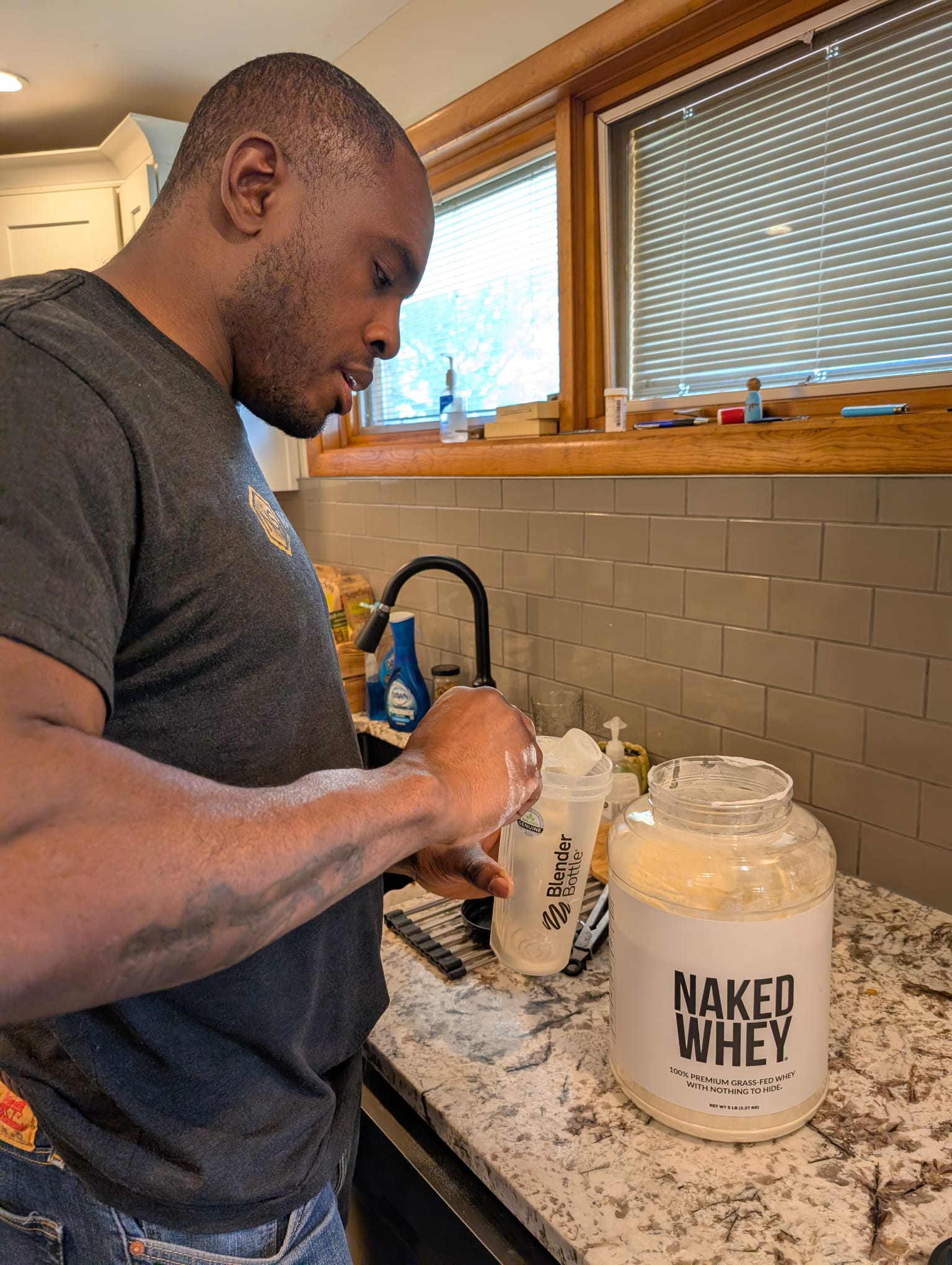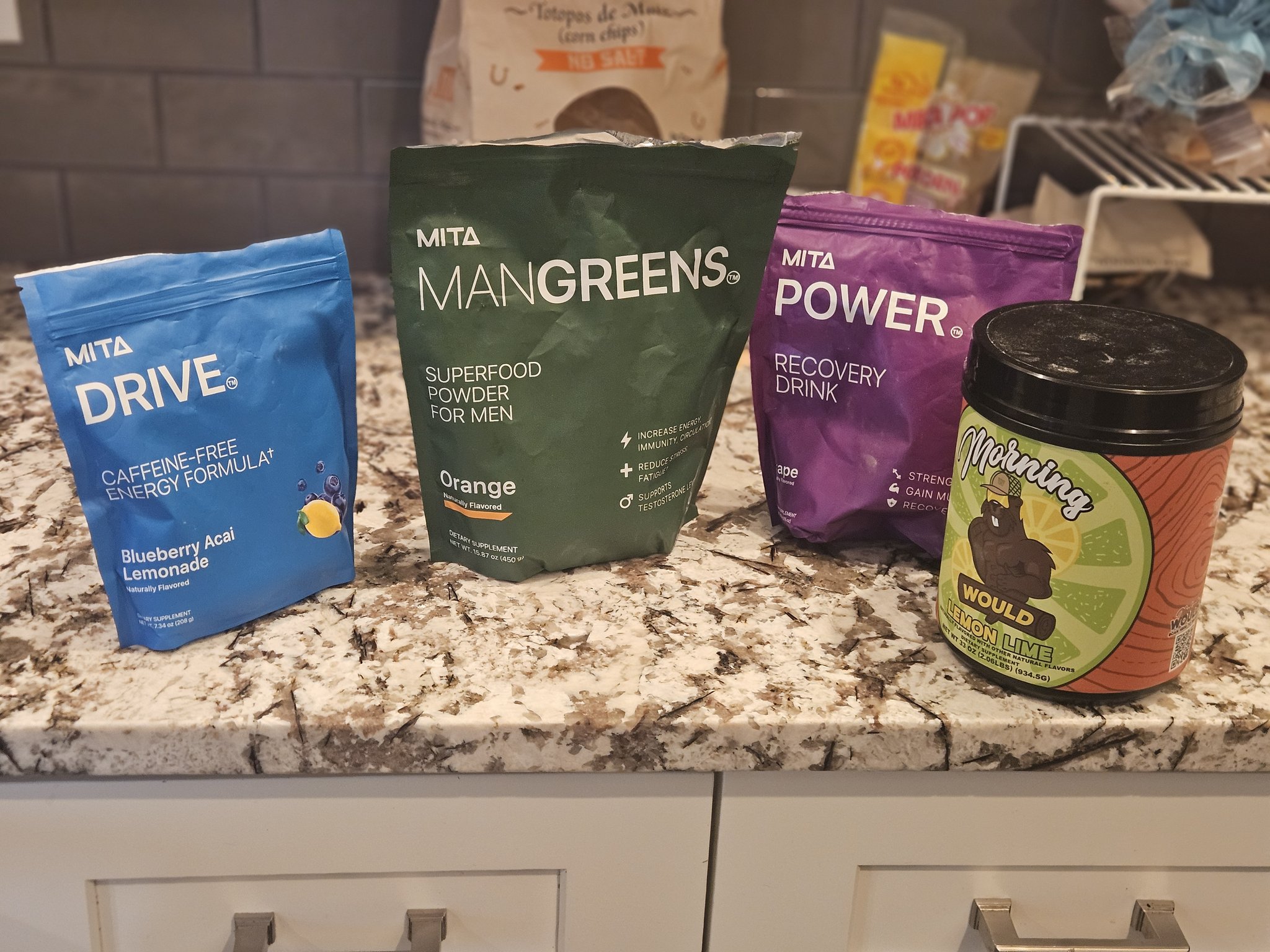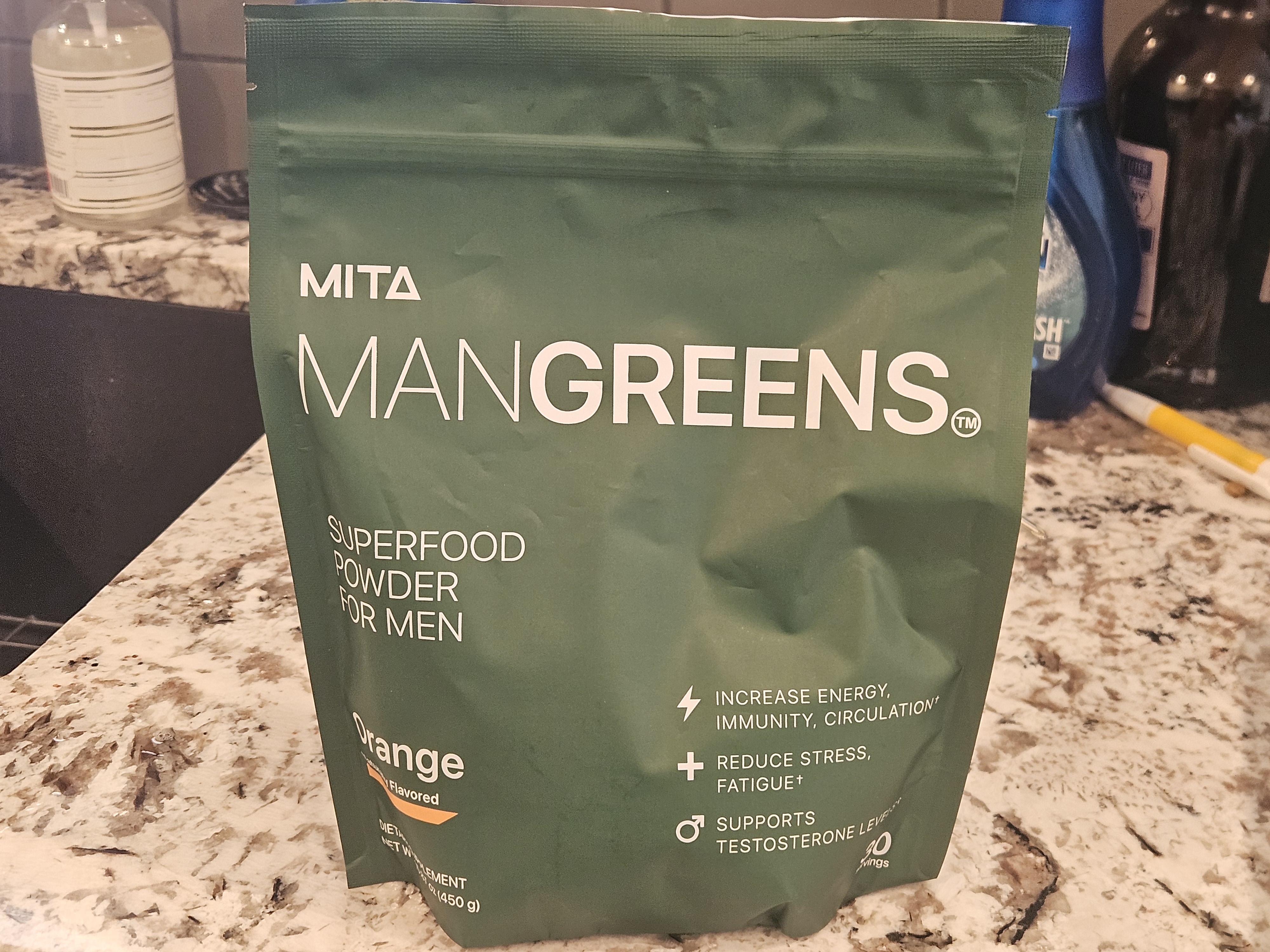Most boxing coaches aren’t nutritionists, so most boxes never learn about the importance of taking protein. Boxers are busy training and, often times, they’re not even being trained by someone with significant amateur or professional boxing experience, let alone by someone who understands the importance of nutrition and supplementation.
I wrote this article for boxers who have questions about protein and whether they should take protein shakes. During both my amateur and professional career, I’ve never seen a boxer taking protein shakes. I imagine this is a combination of paranoia (lighter boxers are worried about being make weight) and ignorance (boxers aren’t aware oft the importance of proteins supplementation.
In this article, I’ll cover:
- What is protein
- Why it’s so important for boxers, regardless of weight class
- How much you need to take
- Why every boxer needs to supplement with protein shakes
Let’s dive in and start with the basics.
What is protein?
Before we can truly grasp the importance of protein, we have to first define it and talk about the role it plays in both your daily life and performance in the ring.
Protein is one of the three major macronutrients your body needs to function—along with carbohydrates and fats. But while carbs fuel your workouts and fats help regulate hormones, protein is what actually builds and repairs your body. Without enough of it, you’re basically running your body on a broken-down frame.
At its core, protein is made up of amino acids—think of these like Lego bricks your body uses to build muscle, repair tissue, make enzymes and hormones, and even maintain your immune system. Of the 20 amino acids your body uses, 9 are called essential amino acids because your body can’t make them—you have to get them from food.
Now, here’s where it gets critical for boxers: Every time you train—whether you’re hitting the bag, running stairs, or doing mitt work—you’re breaking down muscle tissue. That’s normal. It’s part of the adaptation process. But if you don’t give your body the raw materials (amino acids from protein) to repair that damage, you don’t just plateau—you actually start to regress. You lose strength, endurance, and recovery speed.
Most people associate protein with getting big, but for a boxer, it’s not about bulk—it’s about performance and resilience. Protein helps you recover faster between sessions, maintain lean muscle mass (which is your engine in the ring), and avoid injuries from overtraining. Even if you’re trying to stay in a certain weight class, skimping on protein is the wrong move. It’s not the macronutrient that’s making you fat—it’s the excess calories, period.
Your body doesn’t store protein like it does fat or carbs. That means you need a steady intake of it throughout the day, especially after training. If you’re not getting enough from food—which is hard if you’re eating light to make weight—this is where protein shakes come in. They’re fast, portable, and easy to absorb.
So when we talk about protein for boxers, we’re not talking about bro-science or bodybuilding hype. We’re talking about a fundamental nutrient your body has to have to perform, recover, and stay healthy while you train hard.
What About Branched Chain Amino Acids (BCAAs)? Should boxers take those too?
If you hang around any gym or supplement aisle long enough, you’ll start hearing about BCAAs like they’re essential gear—right up there with gloves and wraps. So let’s break down what they are, why people hype them up, and how they relate to protein.
BCAA stands for Branched-Chain Amino Acids, and they include:
- Leucine
- Isoleucine
- Valine
These three amino acids are classified as “branched-chain” because of their unique chemical structure—they have a side chain that branches off, like a fork in the road. This structure is more than just trivia; it actually plays a role in how your body uses them.
Unlike most amino acids, which get broken down in the liver, BCAAs are primarily metabolized in skeletal muscle—right where you need them during training. That means they can be used directly as a fuel source during workouts and recovery, especially when you’re pushing through long sessions or running on a calorie deficit.
Leucine is the MVP here. It’s the one that flips the switch on muscle protein synthesis, which is your body’s process of rebuilding and strengthening muscle after you break it down in training.
So why do people supplement BCAAs?
Because they’re fast-absorbing, muscle-targeting, and they can help reduce muscle breakdown and fatigue during hard workouts. But here’s the key point most people miss: if you’re getting enough high-quality protein—especially whey—you’re already covered.
Whey protein is naturally rich in BCAAs, making up roughly 25% of its amino acid profile, with a particularly high dose of leucine. That’s part of why whey is so effective post-workout: it gives you the full amino acid spectrum plus the BCAAs your body craves for recovery.
BCAAs are important, but they’re built into any quality protein source. Prioritize full-spectrum proteins like whey, and you’ll get all the benefits of BCAAs without needing a separate supplement.
The Bio-Availability Index: Why all protein sources are not created equal
It’s easy to think that all protein is the same. Chicken, beans, whey, tofu—if it’s got grams of protein on the label, it must be good for you, right?
Not so fast.
When it comes to building muscle, speeding up recovery, and performing at your best in the ring, not all protein sources are created equal. That’s where the concept of bio-availability comes in—and understanding it can mean the difference between just eating protein and actually using it.
Bio-availability refers to how well your body can digest, absorb, and use the amino acids from a given protein source. Some proteins give your body exactly what it needs, fast. Others? Not so much. That’s why two foods with the same protein content on paper can have very different effects on your recovery and performance.
To measure this, scientists use something called the Protein Digestibility-Corrected Amino Acid Score (PDCAAS). This is the gold-standard method used by the World Health Organization and the FDA to evaluate protein quality.
PDCAAS 101
PDCAAS measures two things:
- Amino Acid Profile – Does the protein have all nine essential amino acids in the right proportions?
- Digestibility – How much of that protein can your body actually break down and use?
The final score ranges from 0 to 1.0, with 1.0 being the best. A protein with a PDCAAS of 1.0 gives your body everything it needs with high efficiency.
PDCAAS Score Chart: Ranking Protein Sources by Quality
The Protein Digestibility Corrected Amino Acid Score (PDCAAS) rates protein quality on a scale from 0 to 1.0, with 1.0 being the highest possible score—meaning the protein is complete (contains all essential amino acids) and easily digested (source). Here’s how common protein sources stack up:
| PDCAAS Score | Protein Source |
| 1.00 | Cow’s milk, Eggs, Casein, Soy protein, Silkworm pupae, Whey |
| 0.996 | Mycoprotein (e.g., Quorn) |
| 0.99 | Potato protein concentrate |
| 0.95 | Chicken |
| 0.92 | Beef |
| 0.91 | Soy (whole) |
| 0.893 | Pea protein concentrate (isolate) |
| 0.87 | Sacha Inchi Powder |
| 0.78 | Chickpeas, Edamame |
| 0.77 | Bamboo caterpillars |
| 0.75 | Black beans |
| 0.74 | Tubercles (e.g., yams, sweet potatoes) |
| 0.73 | Vegetables (average) |
| 0.70 | Other peas and legumes |
| 0.687 | House cricket |
| 0.66 | Dehulled hemp seed |
| 0.64 | Fresh fruits |
| 0.597 | Cooked peas |
| 0.594 | Wasp |
| 0.59 | Cereals and derivatives |
| 0.558 | Bombay locust |
| 0.52 | Peanuts |
| 0.50 | Rice |
| 0.48 | Dried fruits |
| 0.525 | Wheat bran |
| 0.42 | Wheat |
| 0.342 | Scarab beetle |
| 0.25 | Wheat gluten (seitan) |
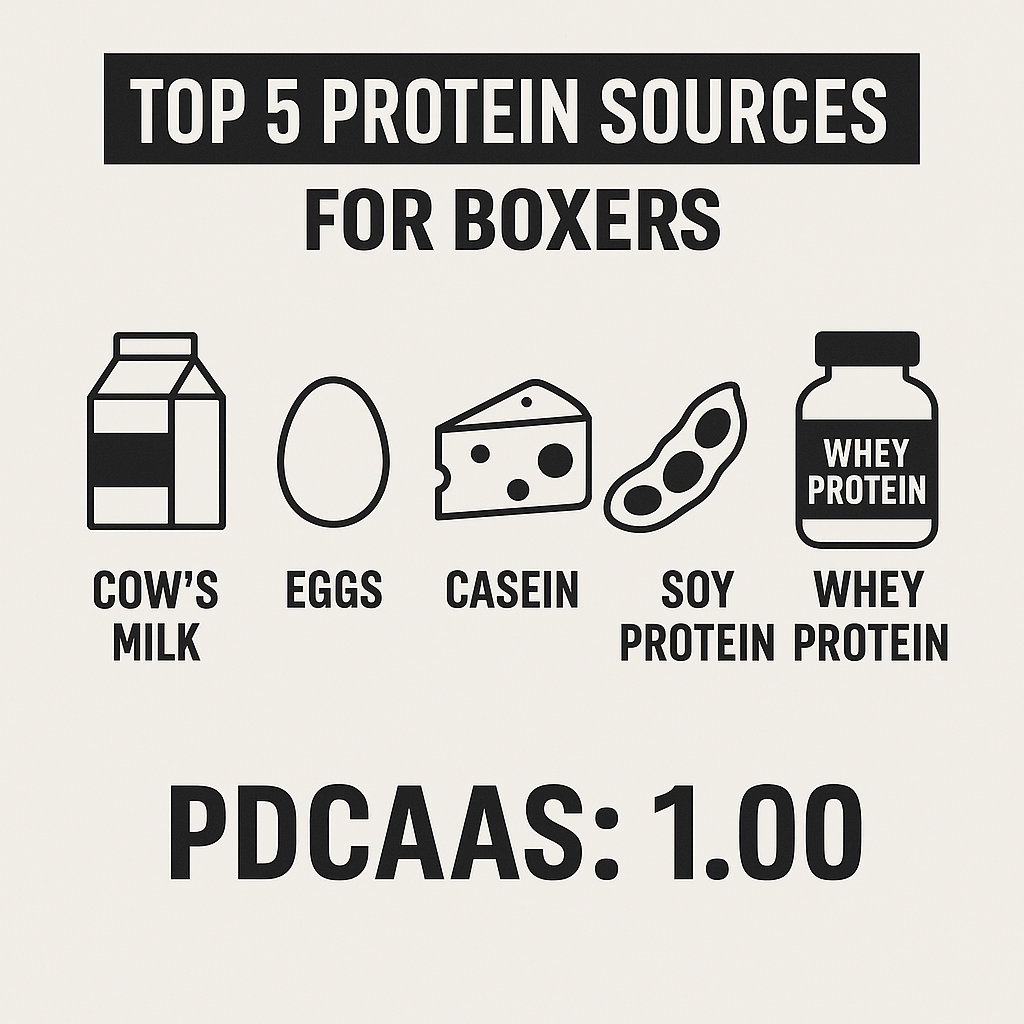
Surprising High-Scoring Proteins You’re Probably Not Eating
You might’ve noticed some unusual entries at the top of the list—like silkworm pupae, bamboo caterpillars, and house crickets. While these aren’t exactly staples in the average boxer’s meal prep, they score surprisingly high because they offer complete amino acid profiles and are highly digestible.
In many cultures around the world, edible insects are common sources of sustainable, high-quality protein. But in Western diets, they’re still more novelty than norm. The same goes for mycoprotein (a fungal-based protein found in products like Quorn), which ranks nearly perfect on the scale.
The takeaway here isn’t that you should start blending crickets into your protein shake—it’s that PDCAAS reveals how diverse and unexpected quality protein sources can be, even if they’re not practical for your daily diet. For most boxers, the real-world winners are still whey, casein, and eggs—accessible, high-scoring, and proven to support performance and recovery.
As you can see, whey protein ranks at the very top—making it one of the best sources for boxers who need quick recovery and muscle repair. Plant proteins like beans, nuts, and grains tend to fall lower on the scale because they’re either missing key amino acids or they’re harder to digest. That’s not to say they’re bad—but you often have to eat more of them or combine different sources to get the same benefits.
Protein helps boxers recover
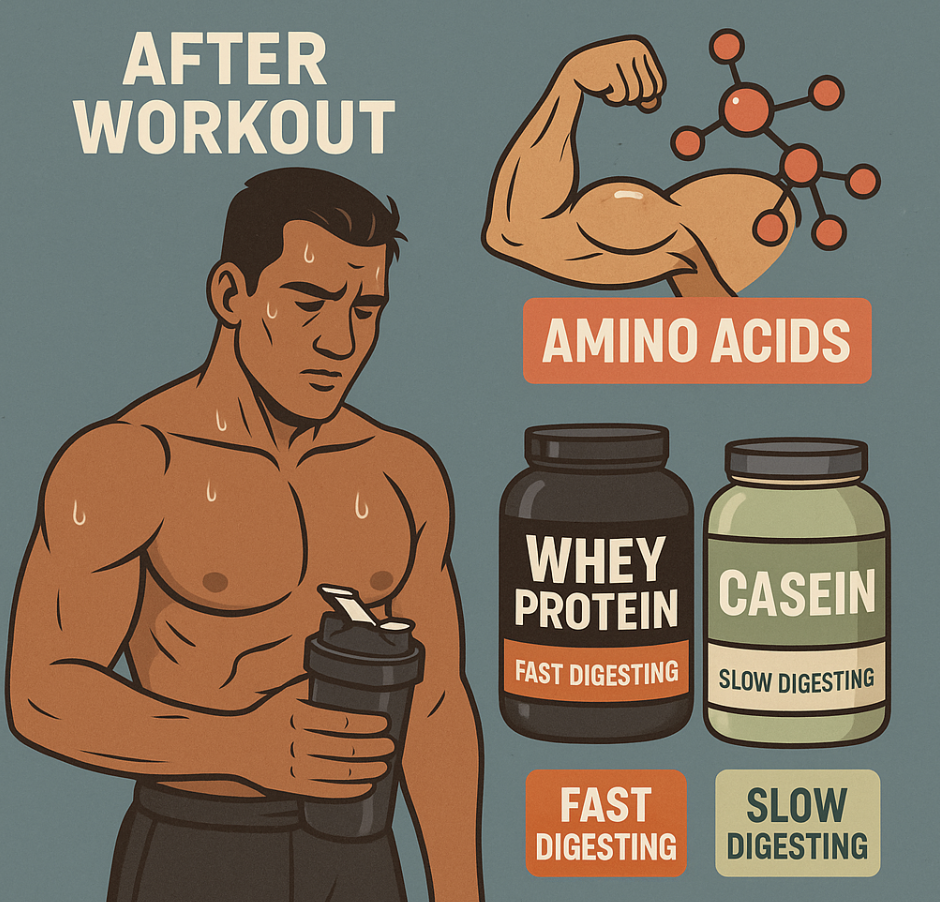
After a tough training session, your muscles are starving for amino acids. If you feed them a protein that takes too long to digest or doesn’t contain all the essentials, you’re missing a critical window for recovery. Whey protein, with its fast absorption and perfect amino acid profile, makes it ideal for post-workout shakes. Casein, which digests slower, works great before bed to help your muscles repair overnight.
If you’re vegan or can’t tolerate dairy, blending plant proteins (like pea + rice or soy + quinoa) can help you get a more complete profile—but you’ll need to pay more attention to quantity and quality.
A gram of protein is not just a gram of protein. If you want to maximize your recovery, preserve muscle while cutting weight, and stay strong through long training camps, choose high-bioavailability protein sources—especially around your workouts.
And when you can’t cook a chicken breast or crack open some eggs post-gym, a quality protein shake is the fastest, most effective option.
Adequate protein makes you stronger in your weight class
Many boxers think that taking protein shakes will make it hard for them to make weight.This is one of the biggest misconceptions I’ve seen in boxing gyms—especially among lighter weight-class fighters. The thinking goes something like this: “Protein shakes will make me bulky, and if I get bulky, I won’t make weight.”
That fear is understandable, but it’s also wrong. Not only will high-quality protein not make you fat, it can actually help you cut fat while keeping lean muscle, especially when you’re deep in a training camp and calories are tight.
Let me break it down.
Calories and the Thermic Effect of Food (TEF)
All calories are not created equal when it comes to how your body burns them. Your body actually has to expend energy just to digest the food you eat. This is known as the Thermic Effect of Food (TEF), and it varies by macronutrient:
| Macronutrient | Calories per gram | Thermic Effect |
| Protein | 4 | 20–30% |
| Carbohydrates | 4 | 5–10% |
| Fat | 9 | 0–3% |
Protein has the highest TEF by far. That means if you eat 100 calories of protein, up to 30 calories are burned just digesting it. Compare that to carbs (at most 10% burned) or fats (barely 3%). In other words, your body works harder to process protein—so you’re already ahead when trying to lean out.
High-Protein Diets = More Fat Loss
Now let’s look at the research.
Study #1: Longland et al., 2016 – PubMed ID: 26817506
This study took young men and put them on a calorie-restricted diet while training with weights. Half the group consumed a higher-protein diet (2.4g/kg of bodyweight) while the other half stuck to a standard intake (1.2g/kg).
The high-protein group lost more body fat and gained more lean muscle at the same time—despite being in a caloric deficit. Protein supports muscle protein synthesis and increases satiety, but more importantly here—it preserves muscle mass during a cut. That means more of your weight loss comes from fat, not muscle.
Study #2: Roberts et al., 2020 – PMC7539343
This meta-analysis looked at a wide range of studies examining the effects of high-protein diets on fat loss.
Across the board, people consuming higher amounts of protein consistently lost more fat, especially when paired with exercise. The paper also emphasized that protein increases satiety (feeling full) and boosts dietary adherence—both huge factors when you’re cutting weight. You’re less likely to binge if your meals actually leave you satisfied.
Why Whey Protein Helps You Stay Lean
Whey protein is digested quickly, rich in essential amino acids (especially leucine), and has a PDCAAS score of 1.0, meaning it’s absorbed efficiently. It’s the perfect tool for a boxer who’s training hard and cutting weight.
By prioritizing protein—especially post-workout—you protect your muscle, burn more calories through digestion, and make it easier to eat less without feeling like you’re starving.
Bottom Line for Boxers Worried About Weight
- Protein has fewer net calories than carbs or fat because of its high thermic effect.
- Studies prove that higher protein intake during a cut leads to more fat loss and less muscle loss.
- Whey protein is one of the most efficient ways to hit your daily target—without overloading your stomach or your calorie count.
So no, protein shakes won’t make you fat. If anything, they’re one of the smartest tools you can use to make weight without losing strength.
Why Whey Protein Is the Best Protein for Boxers
If you’re a boxer in a serious training camp, your body is in a near-constant state of breaking down and rebuilding. From roadwork at dawn to sparring at dusk, you’re putting your muscles under stress—and that means your protein requirements go way up.
Your Body Needs More Protein When You Train
A 2016 review in Nutrients confirms what most athletes learn the hard way: endurance and strength training both increase protein turnover and elevate your daily protein needs significantly (Phillips et al., 2016). The more intense your workouts, the more amino acids your body burns through just to stay in the fight.
For most boxers, especially when cutting weight or in a calorie deficit, hitting those higher protein numbers through food alone is tough. That’s where whey protein becomes not just helpful—but essential.
Whey Protein: High Quality, Fast Digesting, Calorically Efficient
Whey protein isn’t just another supplement—it’s the gold standard of protein quality. With a PDCAAS (Protein Digestibility Corrected Amino Acid Score) of 1.0, whey delivers all nine essential amino acids your body needs, in the exact proportions and with near-perfect absorption.
Compare that to something like wheat gluten (PDCAAS = 0.25) or even beef (PDCAAS = 0.92), and it’s obvious why whey is considered elite.
Even better, whey is fast-digesting, making it ideal for post-workout recovery when your muscles are most primed to absorb nutrients. And because it’s low in fat and carbs, you get maximum protein with minimum extra calories—critical if you’re trying to make weight without losing strength.
Whether you’re in camp or just staying sharp between fights, a high-quality whey protein shake helps you recover faster, train harder, and hold onto lean muscle—without blowing your calorie budget.
When and How Much Protein Should Boxers Take?
You now know why protein is essential. But let’s break down when to take it and how much to aim for so you actually get the benefits—whether you’re in fight camp or just training to stay sharp.
🕒 Timing: When to Take Your Protein
1. Post-Workout (Most Important)
This is the most critical time to get protein in. After training, your muscles are primed for repair. This is when they’re most sensitive to nutrients—especially leucine, the amino acid that triggers muscle protein synthesis.
Best option: A fast-digesting whey protein shake within 30 minutes of training.
2. Between Meals
If you’re training multiple times a day or cutting weight and limiting food intake, having a protein shake between meals can help preserve lean mass and curb hunger.
3. Before Bed
If you want to enhance overnight recovery, consider a slower-digesting protein like casein. This can help reduce muscle breakdown while you sleep.
4. First Thing in the Morning (optional)
After 7–8 hours without food, a protein-rich breakfast (or shake) helps kickstart recovery and supports metabolism.
📏 Dosing: How Much Protein Do Boxers Need?
General guideline for athletes:
📌 1.6 to 2.2 grams of protein per kilogram of bodyweight per day
Or, in U.S. terms:
📌 0.7 to 1.0 grams per pound of bodyweight per day
For a 150-lb boxer (68kg):
➡️ Aim for 110g to 150g of protein per day
Per meal:
You want around 25–40g of protein per serving to maximize muscle protein synthesis (this includes your shake).
Note: It’s better to spread your protein intake evenly across the day rather than dumping it all in one sitting. Your body can only use so much at a time for recovery and repair.
🥤 Sample Protein Shake Routine for Boxers
- Post-Workout (Whey Shake): 25–30g
- Lunch or Snack (Whole Food): 30g
- Dinner (Whole Food): 35–40g
-
Before Bed (Optional Casein Shake): 20–30g
Why Naked Whey is the best protein shake for boxers
Not all whey protein is created equal. A lot of brands load their powders with artificial sweeteners, gums, and fillers that do nothing but irritate your gut and jack up the price. That’s why I recommend Naked Whey—it’s clean, effective, and built for serious athletes.
What Makes Naked Whey Stand Out:
- Single ingredient: Just 100% grass-fed whey protein concentrate from small California dairy farms. No additives. No BS.
- High protein yield: Each serving packs 25g of protein and only 120 calories, with 5.9g of BCAAs for muscle recovery.
- Cold processed: To protect bioactive compounds and preserve quality. No acid or bleach processing.
- Third-party tested: You know exactly what you’re putting in your body—no heavy metals or hidden ingredients.
- Unflavored and versatile: Mixes cleanly into water, smoothies, oatmeal, or even coffee without overpowering taste or texture.
As a former professional boxer and lifelong athlete, I’m picky about what I put in my body. Naked Whey is the only protein powder I trust to deliver clean recovery without compromise. It supports hard training, cuts down on soreness, and helps me stay lean even when calories are tight.
The only warning I have to give you is that this protein has zero additives. If you’ve never taken an unflavored protein, the taste might be a bit of a shock for you. I recommend mixing it with another flavored supplement if the taste of whey is too much for you.
Also, if you are lactose intolerant, then regular whey protein may not agree with you, so you need a whey isolate. Fortunately, Naked Whey has an isolate version to you can check out. Whey Isolates are filter and have less lactose in them, making them easier for people with lactose tolerance to tolerate. 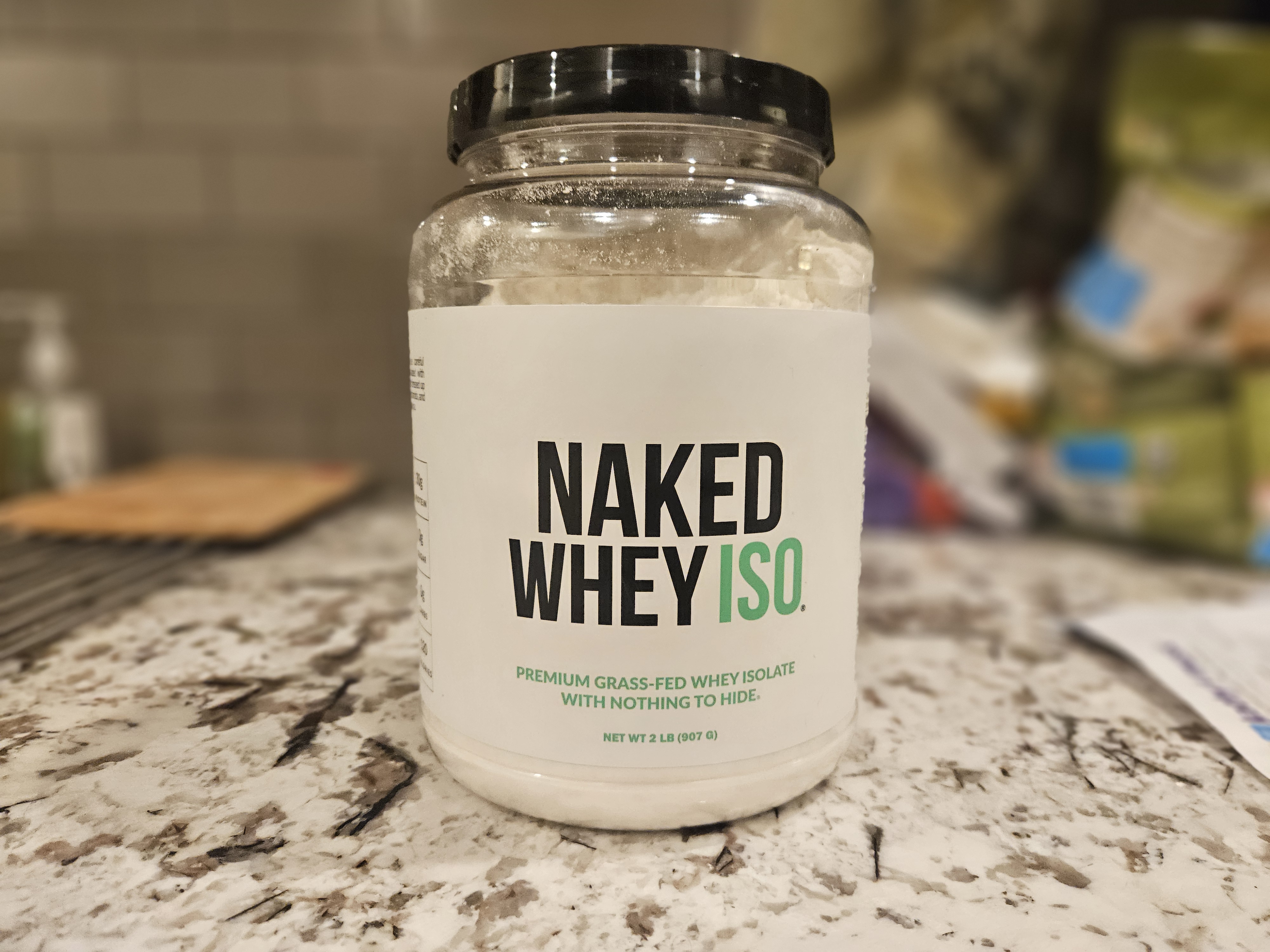
Ready to Add Whey to Your Routine?
If you’re serious about boxing performance and recovery, Naked Whey belongs in your corner.
👉 Grab your tub of Naked Whey here

